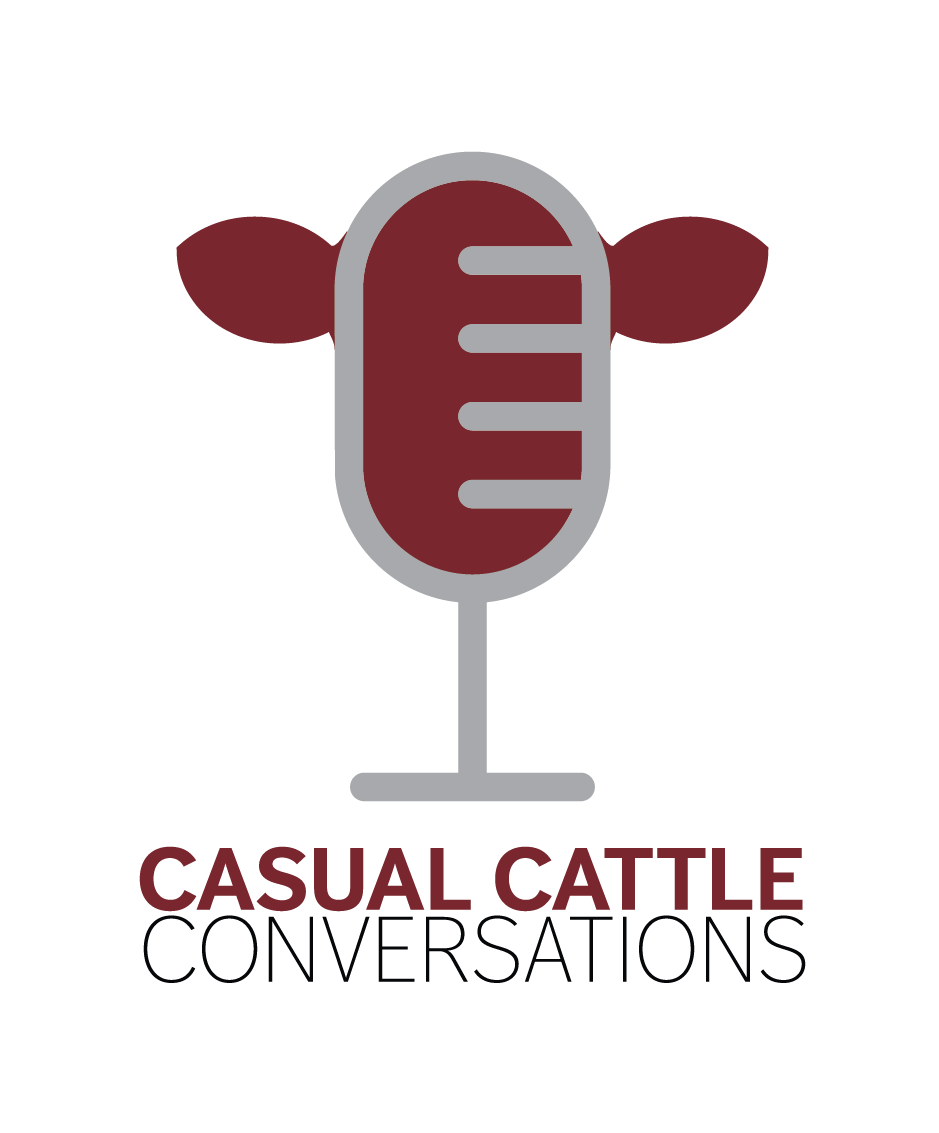Keep or Cull: Economic Insights for Managing Open Cows
Learn how you should best manage your cull cows.
To Keep or to Cull? Know Your Options With Open Cows
It’s a question every rancher faces each year: keep or cull? After pregnancy checks confirm which cows are bred and which are open, decisions must be made—decisions that can have a significant impact on a cow-calf operation’s bottom line.
“It’s important to know that the marketing of open cattle on the ranch level typically accounts for 10 to 20 percent of gross revenue for cow-calf operators,” said Jon Biermacher, Professor of Practice and Extension Livestock Development Specialist in the Department of Agribusiness and Applied Economics at North Dakota State University.
“Really, you have a set of choices,” he added. “You can keep her or replace her.”
To help ranchers navigate that choice, Biermacher and his colleagues conducted a study to evaluate the economic outcomes of the three most common strategies:
Keep the open cow and rebreed her for next year.
Replace the open cow with a 3- to 6-year-old bred cow.
Replace the open cow with a bred heifer.
“This study told us the difference between buying a 3- to 6-year-old replacement versus giving an open a second chance was $654 per head,” Biermacher said.
Even at a higher purchase price, both replacement options proved to be more profitable than keeping an open cow for another breeding season.
“We understand this is based on past markets and future projections, but I’d argue either option is better than keeping the open cow—even when the markets are low,” he said.
Why? Because keeping open cows adds another year of inputs without any revenue in return. And it brings risk—the cow may not breed again.
That said, the decision doesn’t end at simply keeping or selling. Seasonal market trends, resource availability and herd size should all factor into how value can be added to open cows—and when they’re sold.
“There are some opportunities to take advantage of higher seasonal prices, but it takes resources. It always goes back to resources for ranchers,” Biermacher said.
Fall and winter grazing or lower-quality feed can be used to add weight while waiting for the market to improve. Larger operations—or groups of neighbors—might also consider feeding and marketing truckloads of cull cows directly to packers. Through energy finishing, ranchers can turn fat from yellow to white, a characteristic often preferred by consumers.
Another option for large operations is to manage open cows in a fall-calving herd, which offers a second chance without waiting a full year.
“Some larger operations will develop fall-calving herds as a complement to the operation and rebreeding opens,” Biermacher said.
So, before you make a final decision on open cows this fall, take time to weigh your options. Consider your available resources, herd size and long-term ranch goals. The right choice isn’t always simple—but it can certainly be profitable.
Listen to the full conversation on Casual Cattle Conversations.

